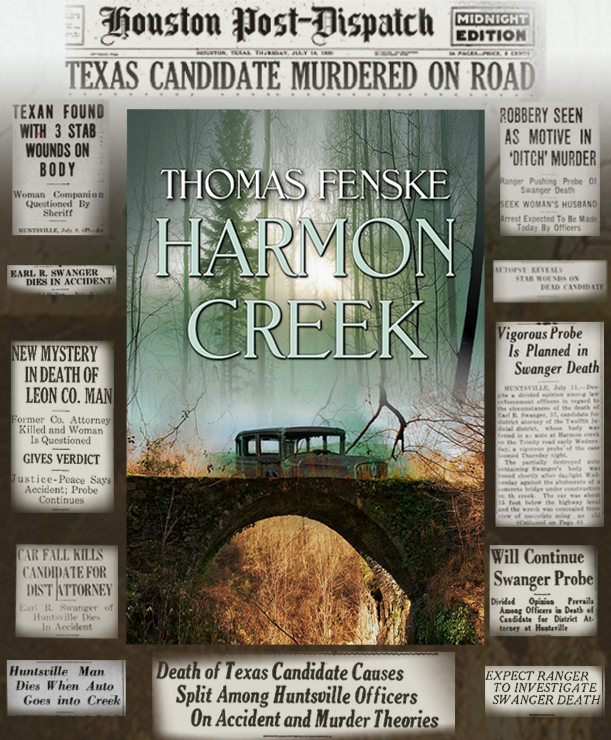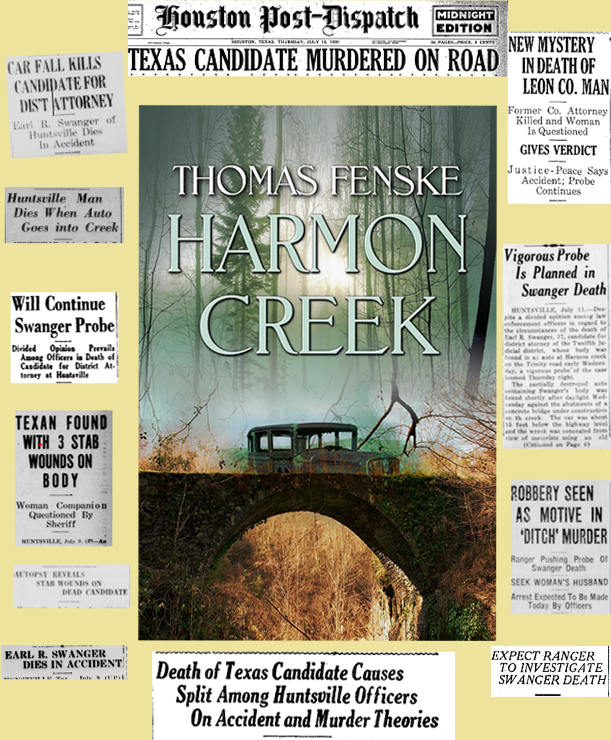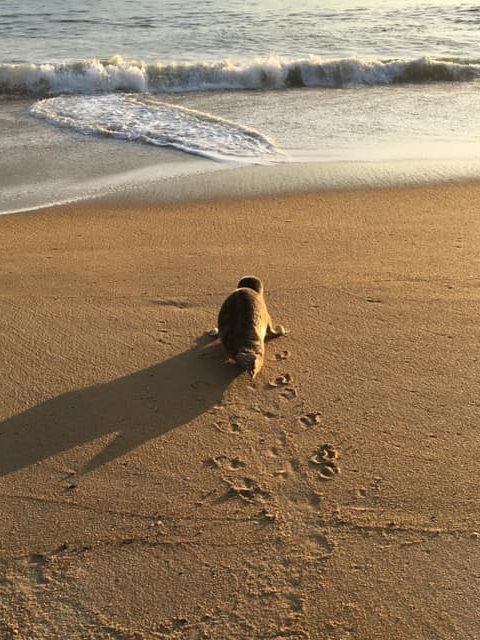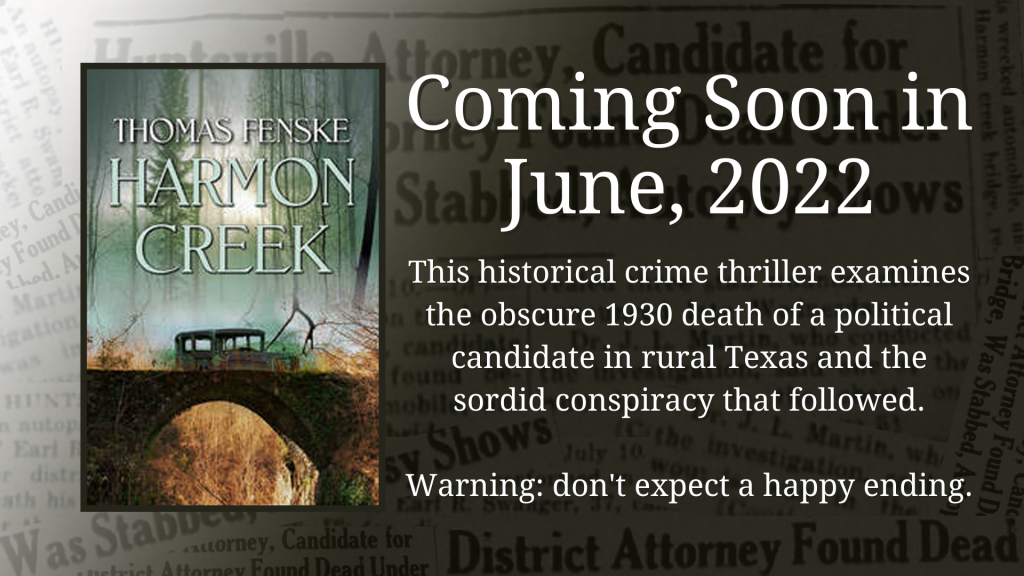First things first. I realized after pushing out my last post that I neglected a few things about web site development. I’m trying to remember the first web site I created, but it was way back. 1992 or 1993. You read that right. I had a web site before most people knew the wide wide world of webs even existed. I created it by hand. I remember a colleague who I shared it with asked me “what book did you use?”
I blinked. “Book?”
Anyway, using tools to build websites is a new thing. And moving to a single page format like my cheap new web hosting site requires a bit of tweaking to get it right. But I can use things through links. Like it links this blog just great. And I have a perfectly good Amazon Author Page out there, listing all of my books. They pay developers six figure salaries to do a better job than I could ever do with my multiple book pages on my old site.
Enough about that. Here I am a little more than five weeks out and I am slowly gearing up my massive marketing machine. That’s how it feels sometimes. I often tell people that writing a novel is hard, revising the manuscript is harder, and marketing the sucker kicks me in the ass. Yet, with this being my sixth novel, I’ve learned a few things.
There are plenty of people waiting in the wings just dying to take my hard earned money and help me market my new release. I call most of them “preaching to the choir” services. They prey upon authors and, sadly, most of their focus is to other authors. Now, don’t get me wrong, I know that in order to be a good author one must read a lot. But in my experience, most newer authors don’t read very much in the realm of other newer authors. Some do, (and I love you very much) but most don’t.
Then there is the whole eBook/print book thing. My small press is geared primarily toward eBooks, although print books are available and, more recently, available at places beyond Amazon. More on that later. I still don’t understand the aversion to eBooks. I’ve actually read more since I embraced eBooks than I had for years. My Kindle App is loaded on both my tablet and my phone, and it keeps my place on both. If you’ve ever been stuck waiting some place and wish you had something besides a two year old weathered magazine to read, well, pull out your phone and you can just start reading.
Anyway, the key to actually making money in the book biz focuses on getting your books into bookstores. It’s a tough nut to crack for unknown authors. I worked in scholarly publishing for 20+ years and can tell you this: you have to be able to carpet bomb them and that takes capital. See, when bookstores order twenty copies of your book in the hopes that it will sell, they expect that they will be able to return the unsold stock for full credit if the books don’t sell. Huge publishers absorb this cost of doing business. For every best seller they likely have dozens of not-so-best-sellers. Small presses and Indie authors can not compete on a national level so we have to resort to … well, whatever the hell we can.
Here. Now. Me. This. This is what I am doing here, trying to entertain you in a lame attempt to get you to remember my name and even better, my new release, HARMON CREEK. See what I did there? I put in a link. New authors take note. EVERY TIME YOU MENTION YOUR BOOK, put in a link. I don’t have a sales link yet, so I put in a link to a book page I set up on my old website. I have lost count of the book tweets and Facebook posts with authors mentioning “my new book” and they will say “available at Amazon” … yet NO LINK! I should already be navigating there. I guess I should search for you or your book? Really?
Another thing that helps is catchy graphics. Believe it or not, that was originally the purpose of this post, to illustrate the importance of catchy graphics. I’m a writer, not a graphic artist. I do, however, have visual representations that pop into my punkin haid from time to time. All of my book covers were first conceptualized by me. Thankfully, all but one were actually designed by someone who knew what they were doing. The lone cover I designed myself is my free cookbook (companion to my adventure mystery series) and it shows. But I think it matches the cookbook itself, which was designed to mimic the type of local self-produced cookbooks one might find in a rural cafe in the 1980s. I collect vintage cookbooks, I know that genre well. What I came up with, in my lame and crude attempt at design was this:
My book cover, surrounded by true life headlines relating to the primary subject matter of the book itself. Not too bad but I knew it could be better. Enter my awesome and talented daughter Audrey. Dancer turned social media expert that she is, she took my photoshop file and made it into something truly inspiring:
Same cover photo, same headlines, but she knew how to do things I did not and she made it both visually stunning and, well, amazing.
So, basically, what I wanted people to know was that the book is based on a true story. It’s personal to our family as well, the subject was her great-great uncle, her mother’s great uncle. I’ll be sharing more about the back story in coming posts, so stay tuned.
===========================
Thomas Fenske is an author living in North Carolina. More information here: https://tfenske.com





